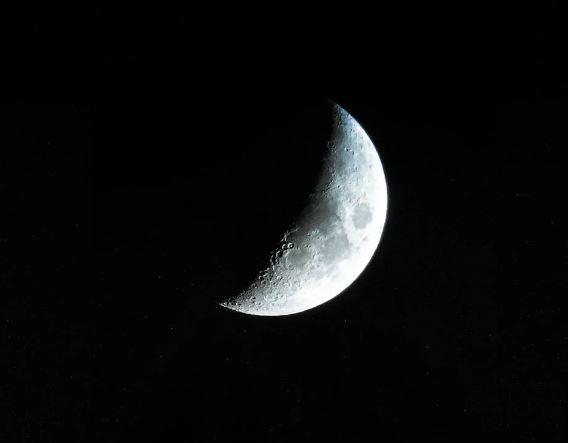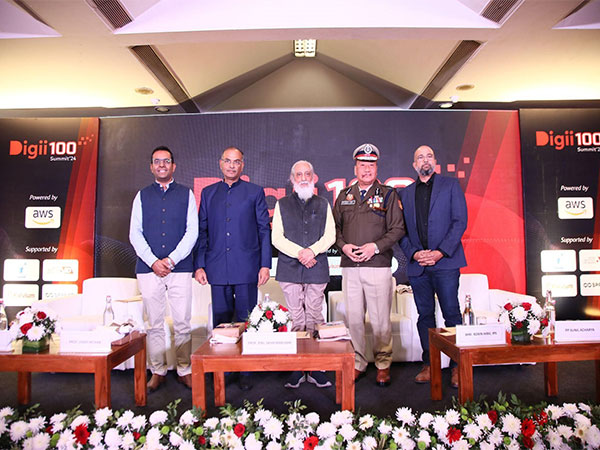Scientists develop energy source to live on Moon
Sep 05, 2023
Cardiff [Wales], September 5: Scientists have developed an energy source which could allow astronauts to live on the Moon for long periods of time.
The Nasa-led Artemis Programme hopes for an outpost on the Moon by around 2030, BBC news reported.
Bangor University has designed nuclear fuel cells, the size of poppy seeds, to produce the energy needed to sustain life there.
Prof Simon Middleburgh from the university said the work was a challenge - "but it was a fun one".
The Moon, which is seen by some to be the gateway to Mars, contains a lot of valuable resources needed for modern technology.
The hope is that it could be used as a springboard to reach the planets beyond.
The Bangor team, which is a world leader on fuels, works with partners such as Rolls Royce, the UK Space Agency, Nasa and the Los Alamos National Laboratory in the US.
Prof Middleburgh from the Nuclear Futures Institute said the team hoped to fully test the nuclear fuel "over the next few months".
On parts of the Moon, temperatures plummet to astonishing lows of -248C because it has no atmosphere to warm up the surface.
Bangor University is a major player in the quest to generate another way of producing energy and heat to sustain life there.
The researchers have just sent the tiny nuclear fuel cell, known as a Trisofuel, to their partners for testing.
This Trisofuel cell could be used to power a micro nuclear generator, created by Rolls Royce.
The generator is a portable device, the size of a small car and "something you can stick on a rocket," Prof Middleburgh said.
That will now be fully tested and put through forces similar to being blasted up into space, ready for a Moon base in 2030.
He added: "You can launch them into space, with all the forces. and they'll still function quite safely when they're put onto the Moon."
Source: Times of Oman








